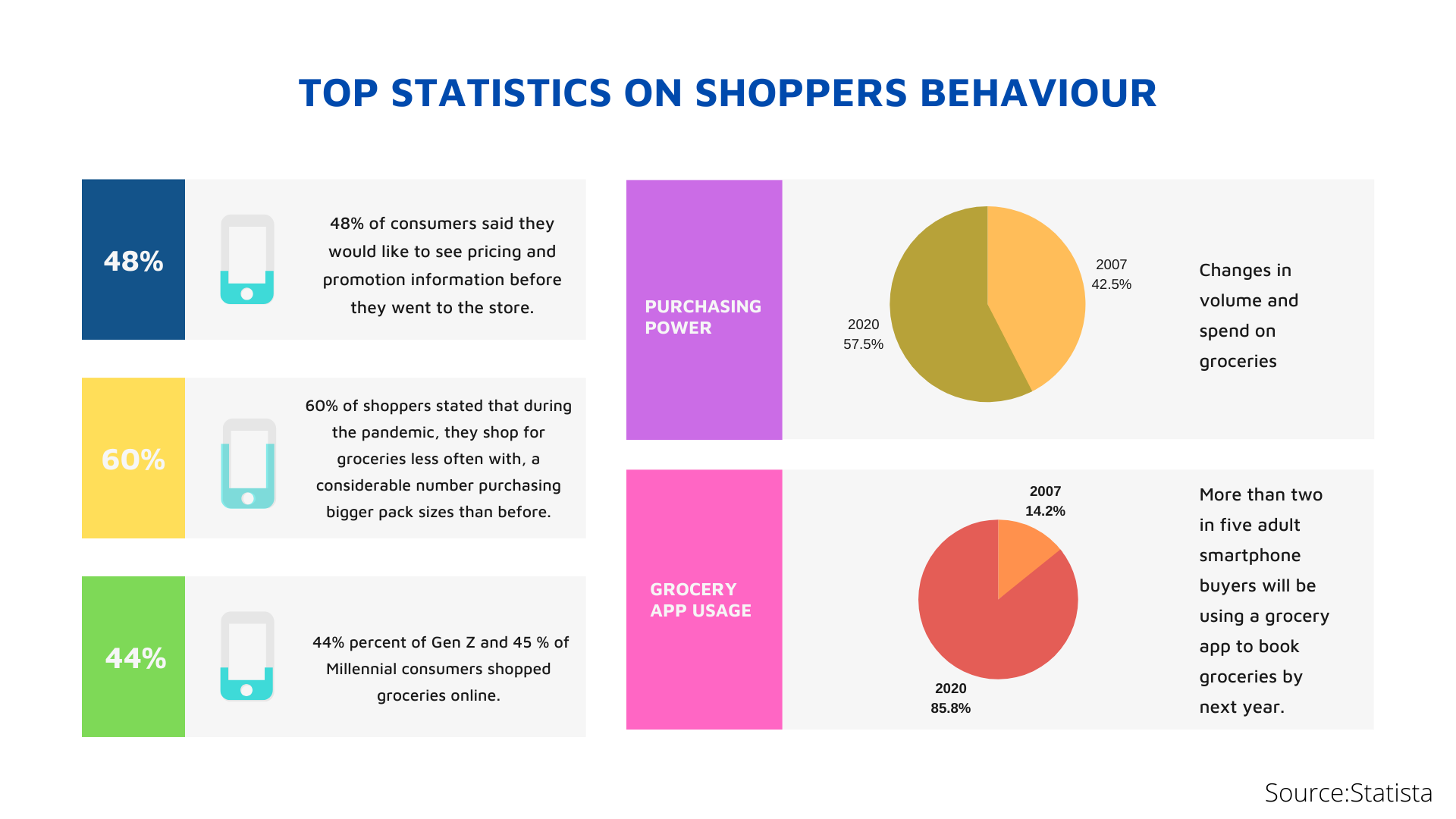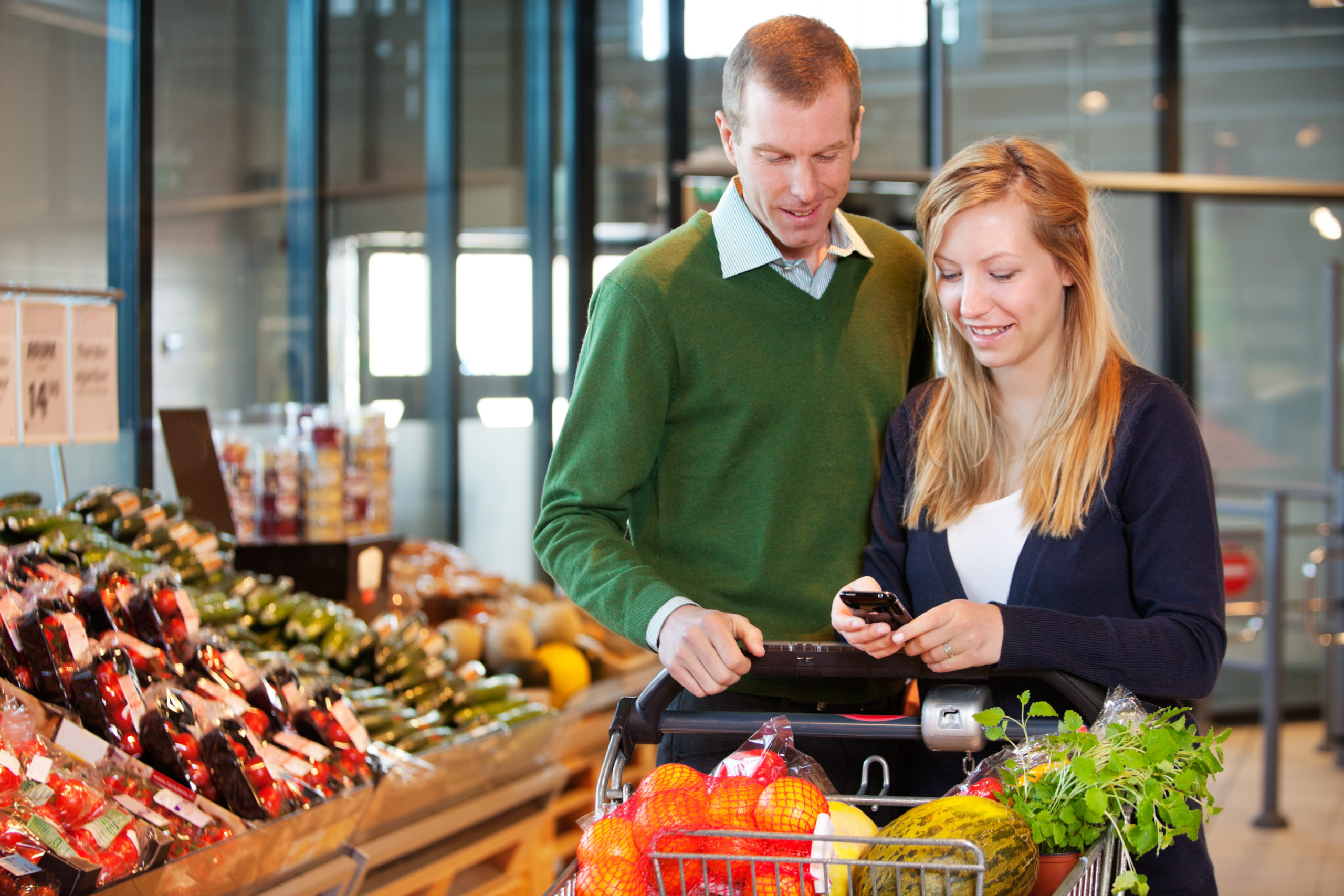The transition of the shopper and shopping interactions has evolved significantly from the traditional approach to the new digital realm, therefore it is pivotal to explore the outlook. With the start of this new decade, what has stayed consistent is the need for convenience and value consumers get on high-end products because the new decade’s shoppers seek innovation, better service, and custom-made offerings exclusively for them.
With this advancement, the grocery retail industry follows the consumer’s buying trend at both the offline and online levels, so let’s understand how shoppers change over the decade and why handling their behavior patterns matters much more now.
The Evolution
Today shoppers are advance when it comes to having a flexible approach to shopping. In the mid-70s’ the average grocery store displayed less than 8,000 items whereas, grocery stores today have at least 45,000 different items with more brand options than ever before. From researching about the products online to visiting a store, they know what and how to choose. It illustrates that grocery stores need to be wise enough about when and how to have the interaction shopper likes to drive margin.
Technology Impact
Mobile technology helps grocery stores to engage with their regular customers more by positioning ads/message at the right time as digitalization and communication are becoming the top priority for every big or small grocer.
To give complete ownership of the experience, grocers communicate all the necessary details to consumers using mobile apps. Many shoppers have acquired a vast amount of shopping experience by leveraging multiple digital services, such as self-scan, mobile or contactless payments, or online ordering. Thus, assessing how technology alters customer buying behavior makes shoppers understand how much technology has progressed in the last decade.

The New Normal
Fifty percent of shoppers love to shop frequently at a routine store whereas, the behavior immediately changed due to the pandemic. Shoppers are now often choosing grocery stores differently: the basis for store selection is proximity, hours of operation, and availability of online shopping choices. They are also relying on grocers keeping safety measures in the first place. The advent of digital and e-commerce in the grocery space, including curbside pickup and home delivery, has changed the perceptions about in-store grocery shopping but, how and when to shop has not changed much. The shop experience is what counts for that.
Shopper loyalty
It is clear that customers are pragmatic about their grocery buying behavior: there is only a significant number to nominate a household shopper, minimize trips and shop online. One trend that hasn’t altered, though, is customer loyalty to a preferred store.
Conclusion
The shopper of the current era is more responsible for themselves. The expectation for comfort has risen, forcing independent grocers to commit fully. It’s the decade where the consumer determines the retail flow, and it’s no longer the other way round.

